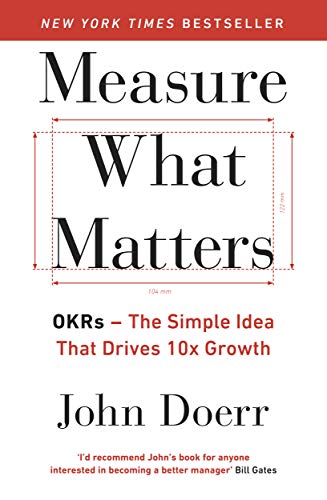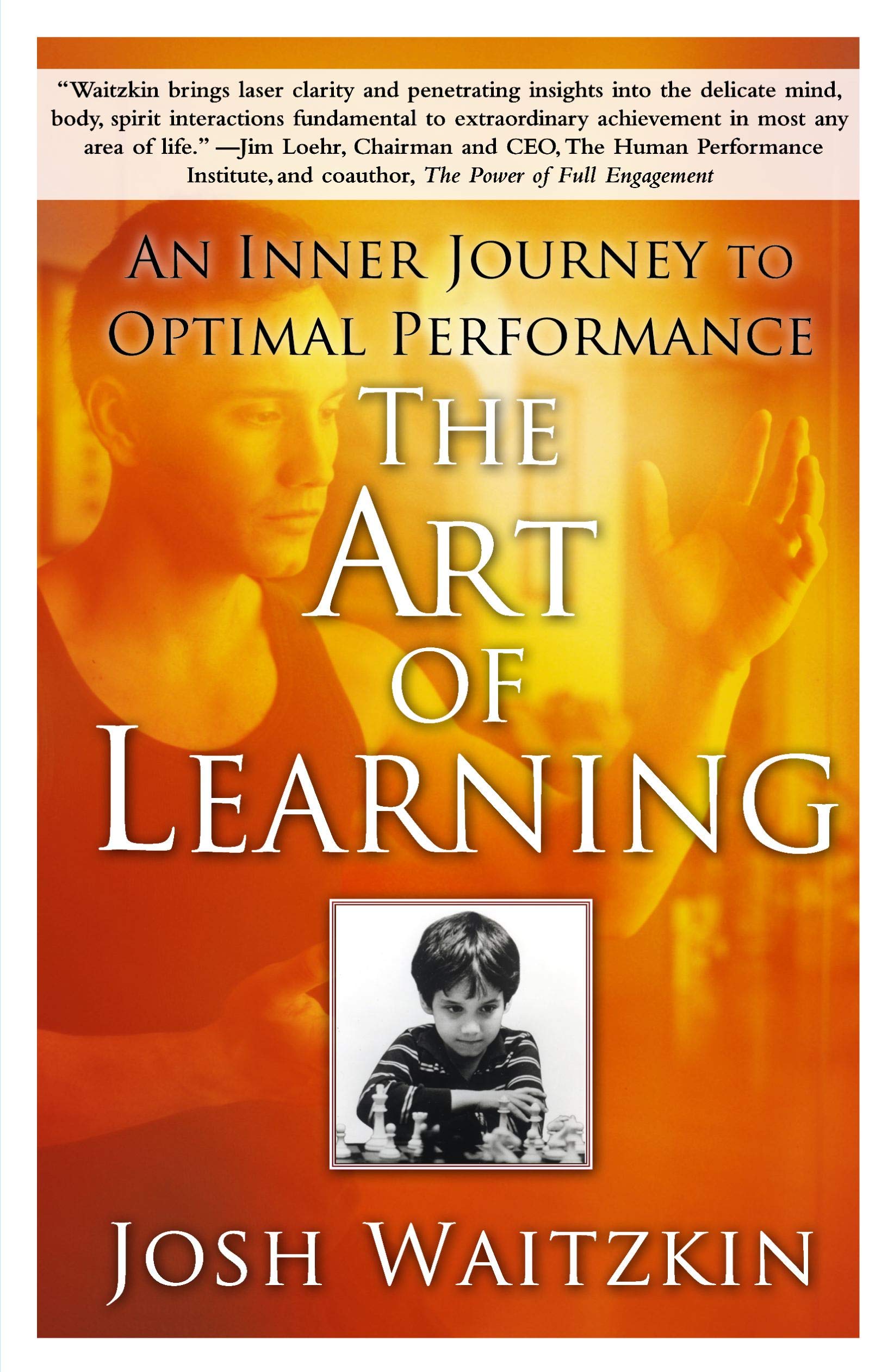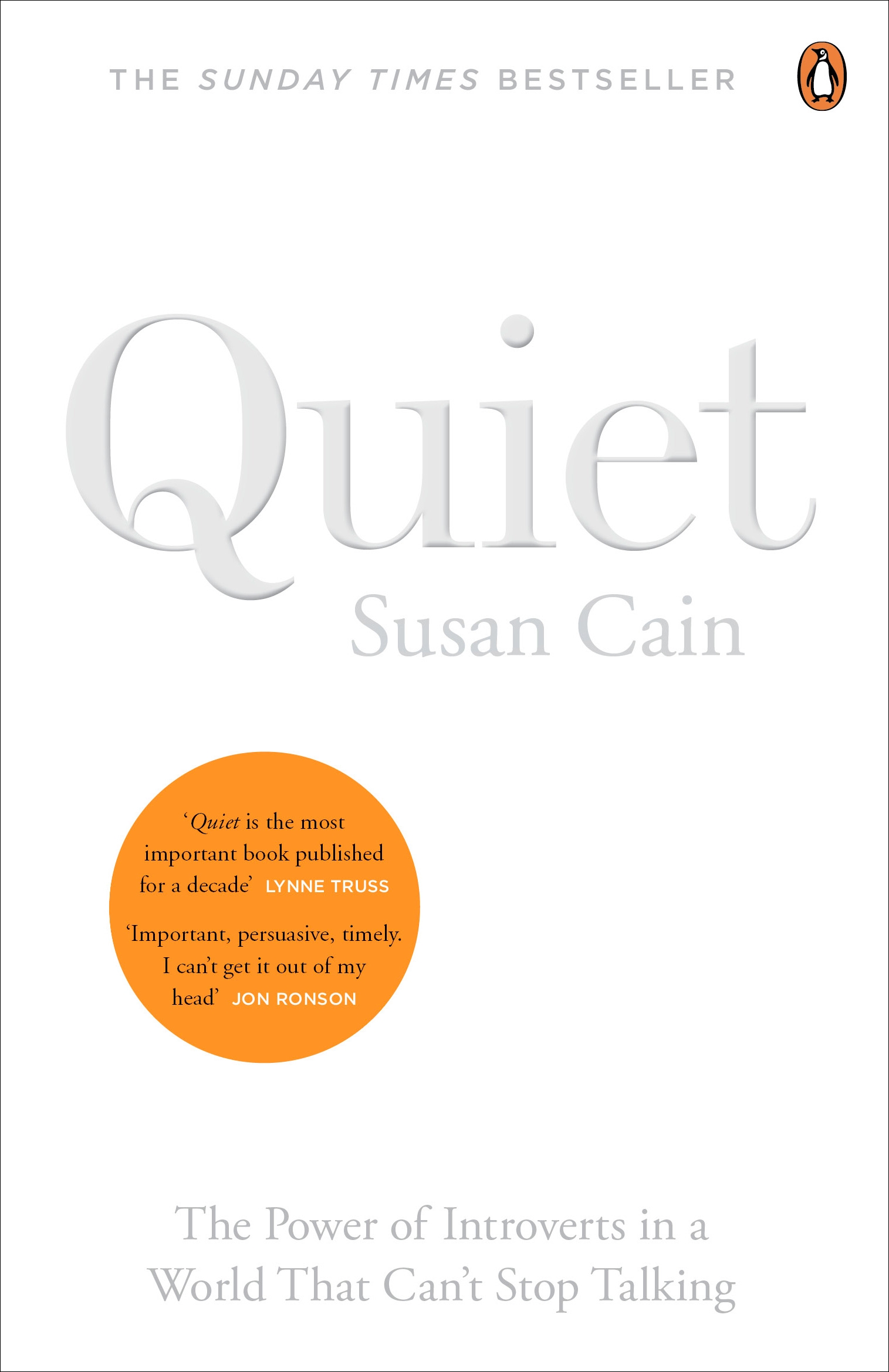How setting targets can change an entire organisation.
The best book on goal setting I’ve read. The concept is that by establishing overall ‘Objectives’, which are then measured by ‘Key Results’ (making OKRs). The effect is that it drives beneficial changes through organisations:
- Openness & transparency: the OKRs of teams & individuals should be visible to everyone, from CEO to newest employee
- Trackability: usually assessed quarterly
- Increases focus on what actually matters: 3-5 top priorities
- Encourages going for ambitious targets by use of ‘stretch’ objectives, which are known to be very difficult
- Facilitates continuous performance management reviews, instead of annually
Objectives:
- Big ‘what’ goals that align with the overall intent of the company
- Where a company’s mission is the general direction and the objectives are the specific steps involved
- Split into ‘committed’ and ‘aspirational’
- Committed objectives should be 100% (1.0) reached, even if the schedule (i.e. deadline) must be adjusted to meet it
- They need a ‘post-mortem’ if not 1.0 completed
- Aspirational objectives will only reach 0.7 completion on average, as they are big and challenging (similar to Collins’ BHAGs)
- They are how you’d like the world to be, even if you don’t know how to get there
- Different organisations will have individual weightings of committed : aspirational
- Committed objectives should be 100% (1.0) reached, even if the schedule (i.e. deadline) must be adjusted to meet it
- 3-5 business-level (or department) ± 1-2 personal OKRs
- This requires acknowledging that you will not do other things in order to achieve those
- Making a commitment to one thing include forfeiting the chance to work on something else
- Run both short-term (quarterly) and long-term (annually)
Key results = up to 5 measurable ‘how’s that are measurable targets, such that if all KRs are met then the objective is 1.0 complete
- Should be phrased as outcomes, not verbs
- Combine qualitative and quantitative metrics to ensure that there is no incentive to drop quality in order to meet numerical targets
- Completion must be evidenced, ideally using simple numbers
- Score from 0 -> 1.0 then can be colour coded to show progress/completion: up to .3 = red; .3-.6 = yellow; >.7 = green
- A common pitfall is to make the KRs necessary but not sufficient for objective completion
- “How will we know when we are done?”
- If a KR needs more attention, it can be elevated to the level of an objective
Implementation
- Start with the top executive team and put company level OKRs in place
- They must convey: 1. The importance of each outcome, and 2. The belief it is attainable
- Around 50% should be ‘bottom-up’ and half should be ‘cascading’ (or cross-team) OKRs
- Aspirational OKRs, which may not be reached by their initial timeframe, can roll over (as long as there is still a desire to fulfill them)
Other points on OKRs
- Start by asking “What is the most important thing to do in the next 3/6/12 months?”
- OKRs are not meant to reflect ‘business as usual’ practices; they are meant to address what the company/customer really wants (even if committed OKRs)
- Aspirational OKRs must not hold back, they need to be seem extreme (i.e. 10x)
- Committed OKRs (collectively) should consume less than the team’s maximum resources
- The addition of aspirational OKRs should then just exceed a team’s capacity
- OKRs are difficult to write. If you can put them together in 5minutes then they aren’t good enough
- Aim for 1-to-1 check-ins between managers and contributors
- Adjust the OKR schedules as needed, but if you need to tweak them within a quarter then they probably aren’t well formulated
- Dissociate OKRs from progression and bonus pay (otherwise it promotes risk-averse behaviour)
- Line more to progress/positional-type rewards
- A culture of trust and accountability is necessary for effective implementation
- Manage by results, which means that it doesn’t matter what an individual’s background is, it is about delivery
- Acknowledge that it is harder to identify the output of ‘thinkers’ as opposed to ‘assembly-line’ workers
Continuous performance management
- Aim is to replace annual reviews with more regular revisiting of priorities
- CFR = Conversations, Feedback, Recognition, plus structured goal setting
- The contributor sets the agenda whereas the role of the manager is to listen and coach
- Managers should think about what is needed to support career growth
- Peer recognition is vital; it should be frequent, visible, and tied into top-level OKRs
- There is (incomplete) overlap between OKRs, CFR, and compensation/evaluation
- [Still a little unsure precisely how these will pan out in practice]
Whilst this book was directed towards organisations, I have taken these principles to incorporate into my own personal goal setting: What is most important this quarter/year? What will I not do in order to achieve that? What metrics will let me know I’m done?




